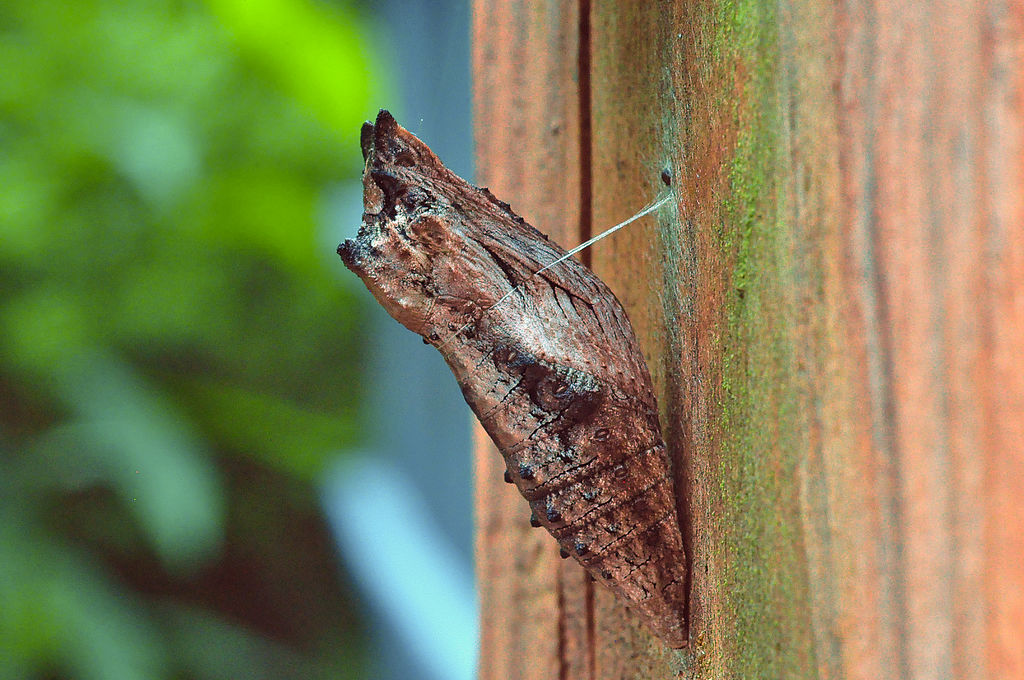The chrysalis is well-camouflaged against the tree bark, looking like a dead leaf. However, it can be vulnerable to parasitization by some species of flies and wasps. The swallowtail's strategy is to literally 'throw them off the scent' by doing a little cleaning--tossing its frass (fecal pellets) off the plant before settling in. This makes it harder for the predatory insects to detect. Come spring, this beautiful butterfly will emerge from its winter haven.
So when you pass a native tree or shrub with a few curled-up leaves clinging on, look closely! You just might discover unexpected treasure.
Author: Lisa Schneider
Photo: S.Detwiler, wikimedia commons


 RSS Feed
RSS Feed